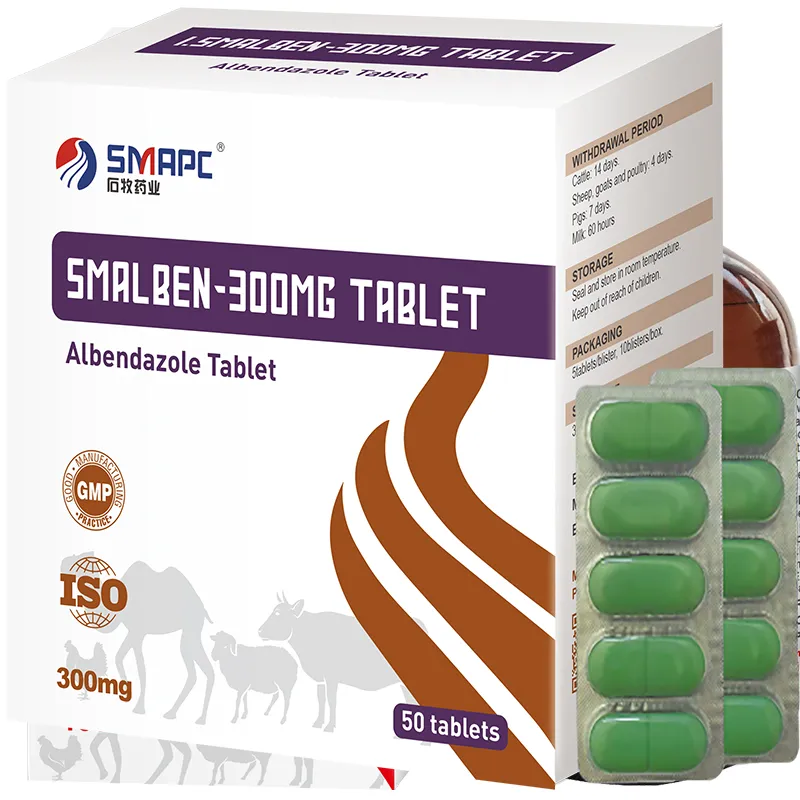One of the foremost aspects of veterinary medicine for cattle is preventive healthcare. This includes regular vaccinations to protect against common infectious diseases such as Bovine Viral Diarrhea (BVD), Infectious Bovine Rhinotracheitis (IBR), and Clostridial diseases. Vaccination programs are tailored according to the specific needs of the herd and the regional disease prevalence. Regular health checks and herd assessments help in identifying potential health issues before they escalate into serious problems. Monitoring body condition scores, reproductive health, and nutritional status are vital components of this preventive approach.










